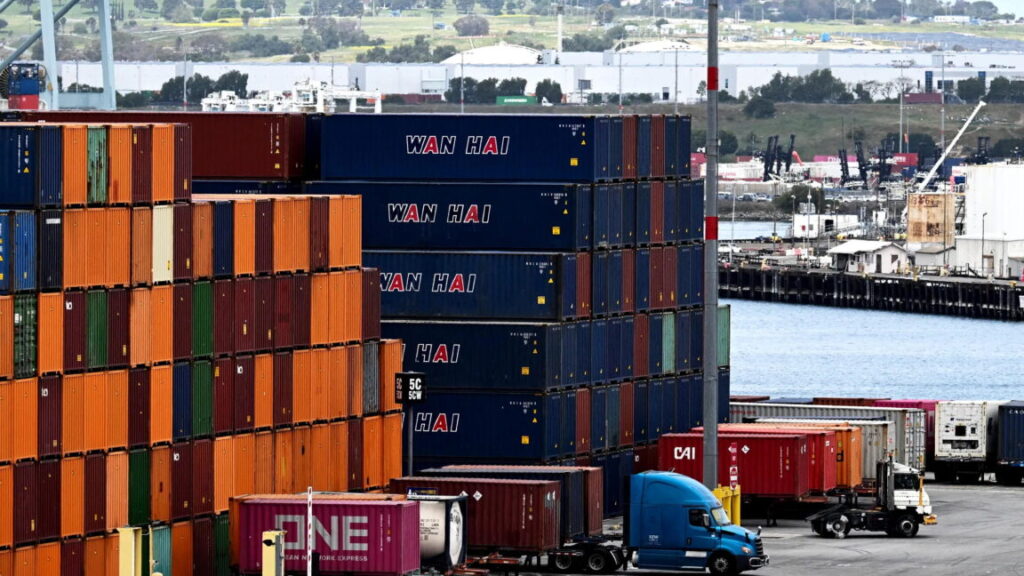Where are the American mines?
While rare earths, or critical minerals in general, are often cited along with semiconductors as industries the US wants to reshore the most, the challenges associated with bringing each of them back are very different.
Unlike making advanced semiconductors, which requires using sophisticated machinery worth hundreds of millions of dollars and building extremely complicated factories, critical minerals aren’t that hard to produce. The technologies involved to mine and refine them are mature and both the US and Canada have large natural deposits of some of them. But the mining industry was pushed out of the West because it doesn’t generate much value and is also extremely polluting.
In the past, efforts to build up the critical minerals supply chain in the US have either been slowed down or called off. That’s more due to basic economic calculations, says Lange, rather than technological difficulties. “It’s like bending down to pick up a nickel,” he says, meaning the effort isn’t worth the reward.
Because companies only need tiny quantities of these minerals, the market for them is very volatile—prices can drop when a single new factory comes online and starts mass producing and refining them. That means if a mining company were to open up shop in the US, it could inadvertently tank the price of the same mineral it’s trying to profit from, says Lange.
But if China succeeds in strictly enforcing its export control policies, it might provide just enough incentive for the US government and private companies to finally reshore the mineral refining industry. If that happens, Lange says, it could take about two years for a new critical mineral operation to open in the US.
“It’s really remarkable how China has actually maintained these monopolies in so many critical minerals for 20 years,” says Wang. “But I do think we are maybe starting to turn the corner, where China’s market share may be peaking … and you are starting to see a resurgence of interest in these industries in Northern Europe, Australia, Canada, the US, and Latin America.”
This story originally appeared on wired.com.


